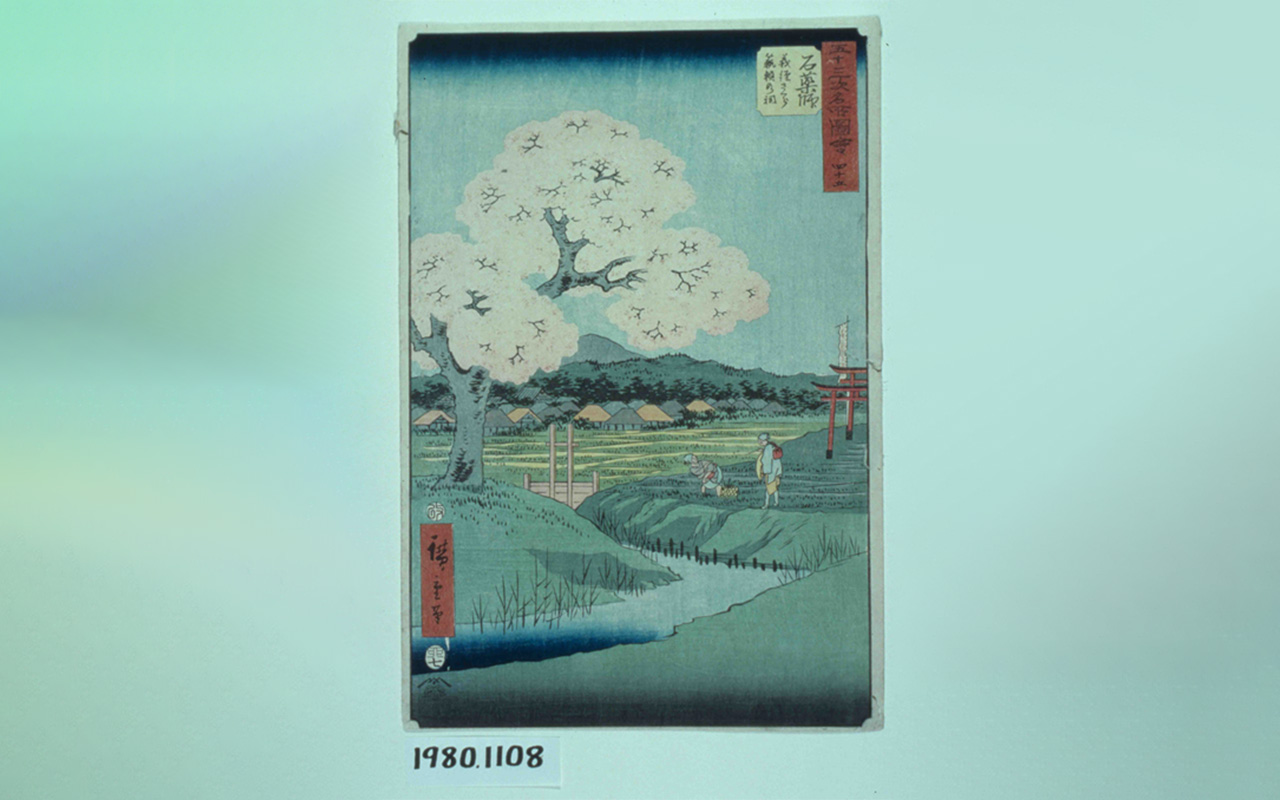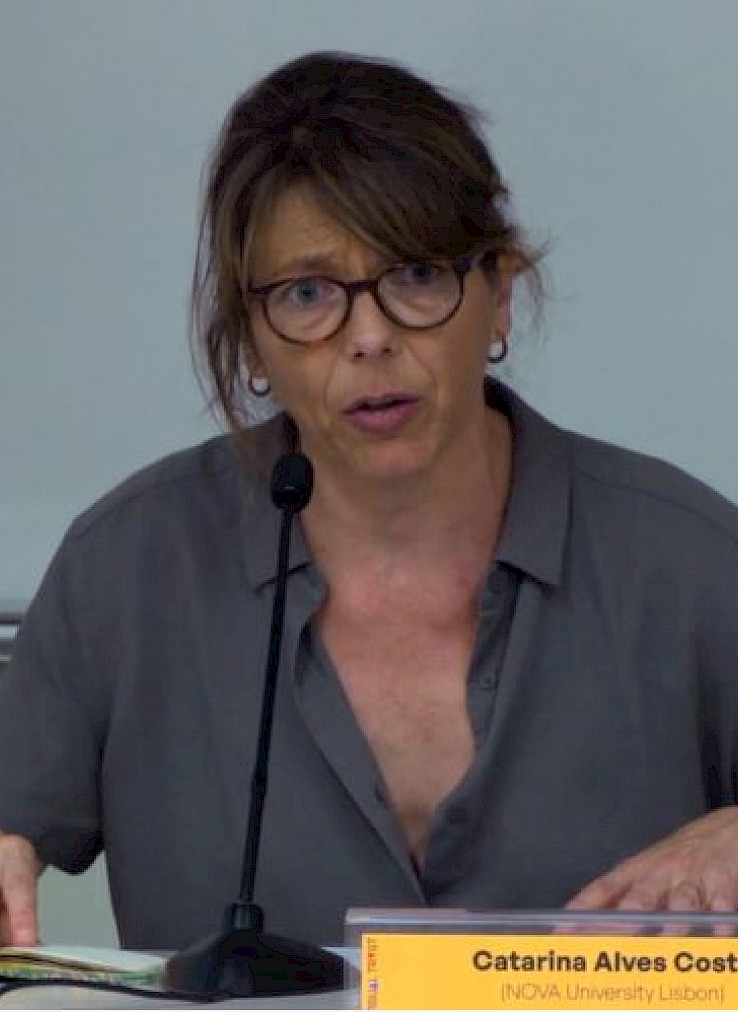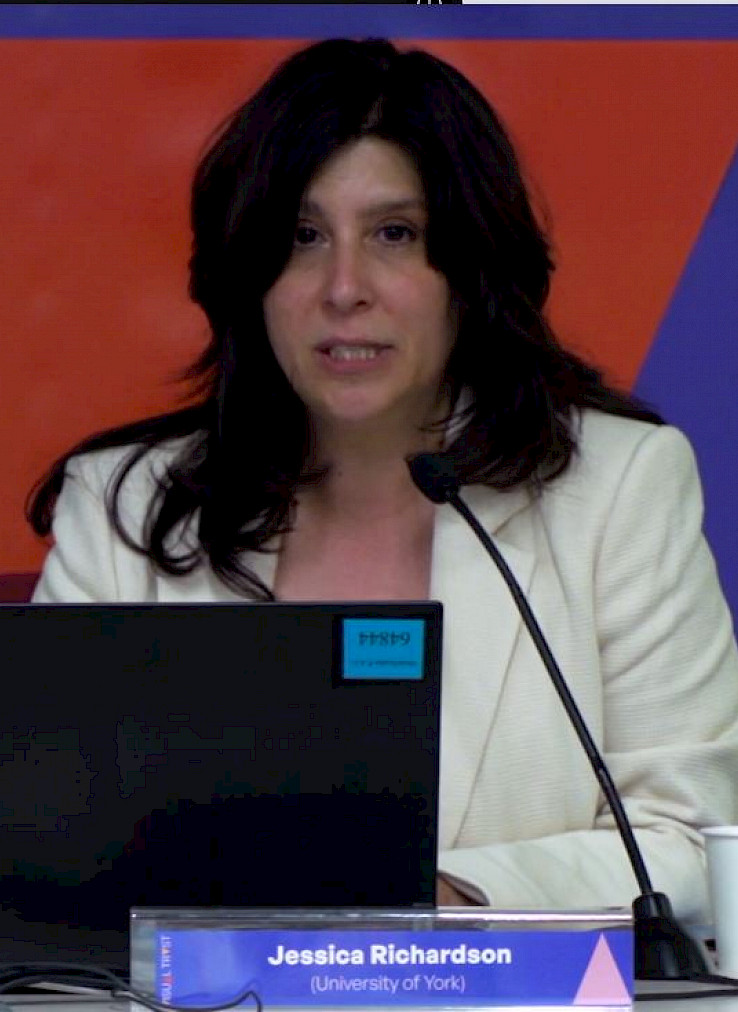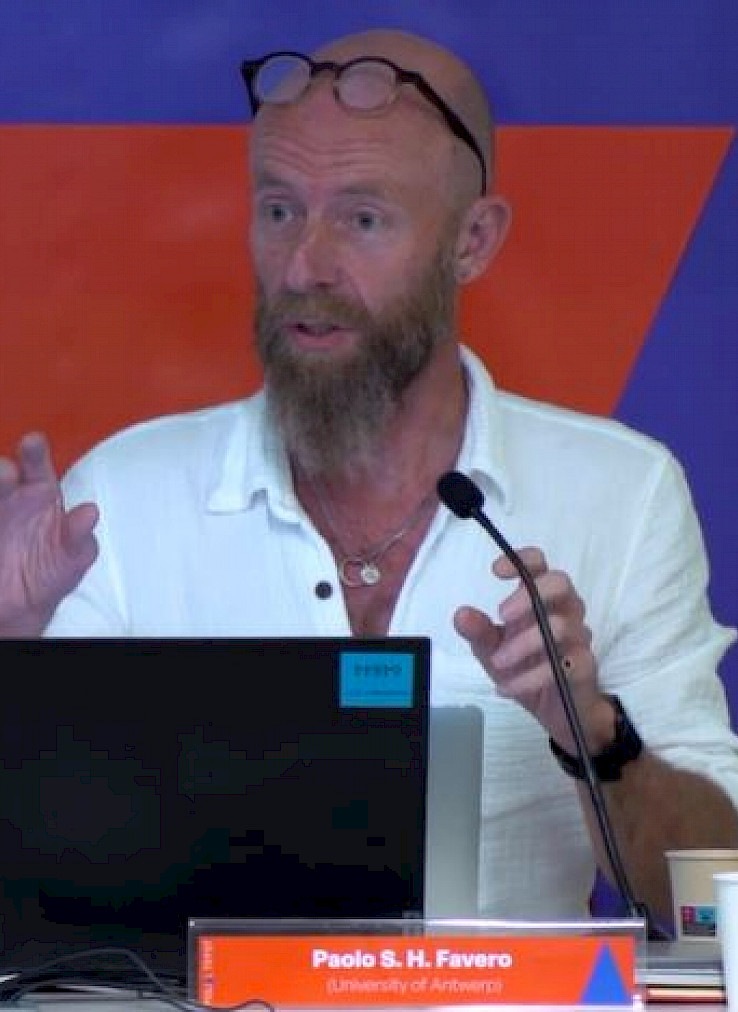On the 17 May 2022, the research members of the project VISUAL TRUST celebrated the first internal seminar with Prof. Emiko Ohnuki-Tierney. The discussion revolved around her outstanding book Flowers that kill. Communicative Opacity in Political Spaces (2015).
Many different and fascinating topics addressed during the debate –the place of occulocentrism in Western thought compared to Japanese culture, the status of the Emperor (or God) as “zero signifying”, or the meaning of Rice as a symbol representing the Japanese Self. Yet in this short article, which should be read more as a draft than as a final outcome, I would like to discuss the very idea of “symbolic opacity” and to connect it with the study of images and namely with the anthropological analysis of the Fake. We usually depart from the assumption that symbols convey meanings. We use symbols to express intentions and abstract ideas, and if communication functions, it is because these symbols are correctly understood by others. This is what makes social life possible.
What Prof. Ohnuki-Tierney highlights is that the opacity is an intrinsic feature of symbolic communication. “Opacity” means essentially that the “sender” of the message may have hidden intentions that are not noticed by those receiving it. Japanese kamikaze received cherry blossoms as a symbol of their sacrificial death for the nation –without being aware of this symbolic meaning. Therefore, symbols are not transparent and they have occult agendas. This has been historically used by totalitarian regimes in order to control and manipulate civil society. I am just wondering whether this idea of opacity could be “detached” from the centrality of the emissary of symbols and located on the figure of the “receiver” and, more radically, on the life of the symbol itself. We know that the reception is not (or not necessarily) a passive act. In other words, reception is a way of re-signifying what is received. So, when we receive a message (let’s call it “a symbol”) what we do actually is not just “understanding” a meaning, but reformulating it according to our own assumptions. And this act may have a political and transgressive dimension based precisely on the idea of “opacity”.
Think in the instance of so-called African-American religions. It is widely known that during the conquest Spaniard imposed a set of religious images upon the indigenous and African-derived communities. This process of evangelisation what not straightforward, since most of these populations undertook a process of symbolic reprobation and reinvented the symbols that were forced to accept. In most cases, Spaniards did not notice it. So opacity, in this case, was mainly operated from the side of the “receivers”. Actually, this theoretical framework challenges the very distinction between emissary and receiver and invites us to understand communication as a mutual engagement aimed not only at creating sense and shared understanding but also aimed at “smuggling” hidden agendas.
Finally, the very notion of “opacity” can be applied to the “social life of symbols”. The idea that “senders” and “receivers” use strategically symbolic opacity to convey hidden meanings is based on the assumption that symbols point to subjects having agency and intentionality. However, once a symbol (read it: an image) is “thrown” on the world, it may acquire new meanings and roles which are not directly connected with the intention of a subject. Images (and symbols in general) have partial autonomy. In this case, their opacity is maintained, but as a permanent potentiality. For example, war photographs have a long history. We know that an important number of ancient war photographs were actually “fakes”. Images were manipulated or based on mise-en-scenes. Their initial intention was to orient and manipulate public opinion.
Yet nowadays some of these images are being made by artists to think upon “post-photography and visual evidence. Some have acquired some celebrity and became a kind of visual merchandise, and others are widely used in some, lineage ad classes to explain the history of photography. The initial opacity remains there, but does not function anymore as opacity. Yet, it is because of the existence of these images, that new forms of visual fakery (and of symbolic opacity) exist. There, in a way, their potential as symbolic communication has been “transferred” to other symbols, in a kind of genealogy of the fake (or symbolic communication). Symbolic opacity and Fakery have to be studied from a relational perspective. And even though we think that we know everything about these images (that is, that they are not opaque to us anymore) the possibility of opacity persists.
This is the amazing power of symbols (and of images by extension): the more you analyse them, the more they exceed any form of analysis through a permanent process of differentiation.
Back to the list





